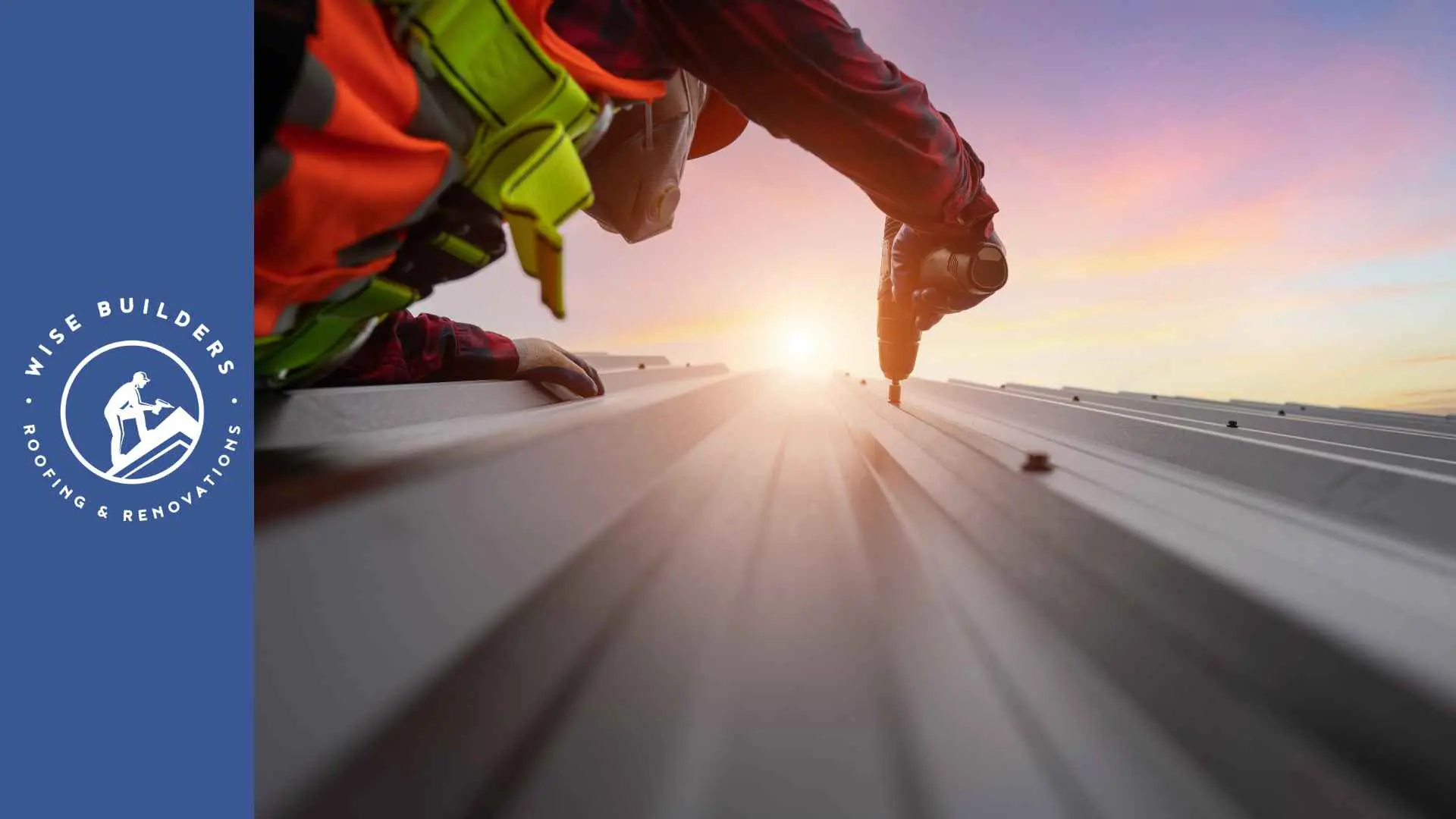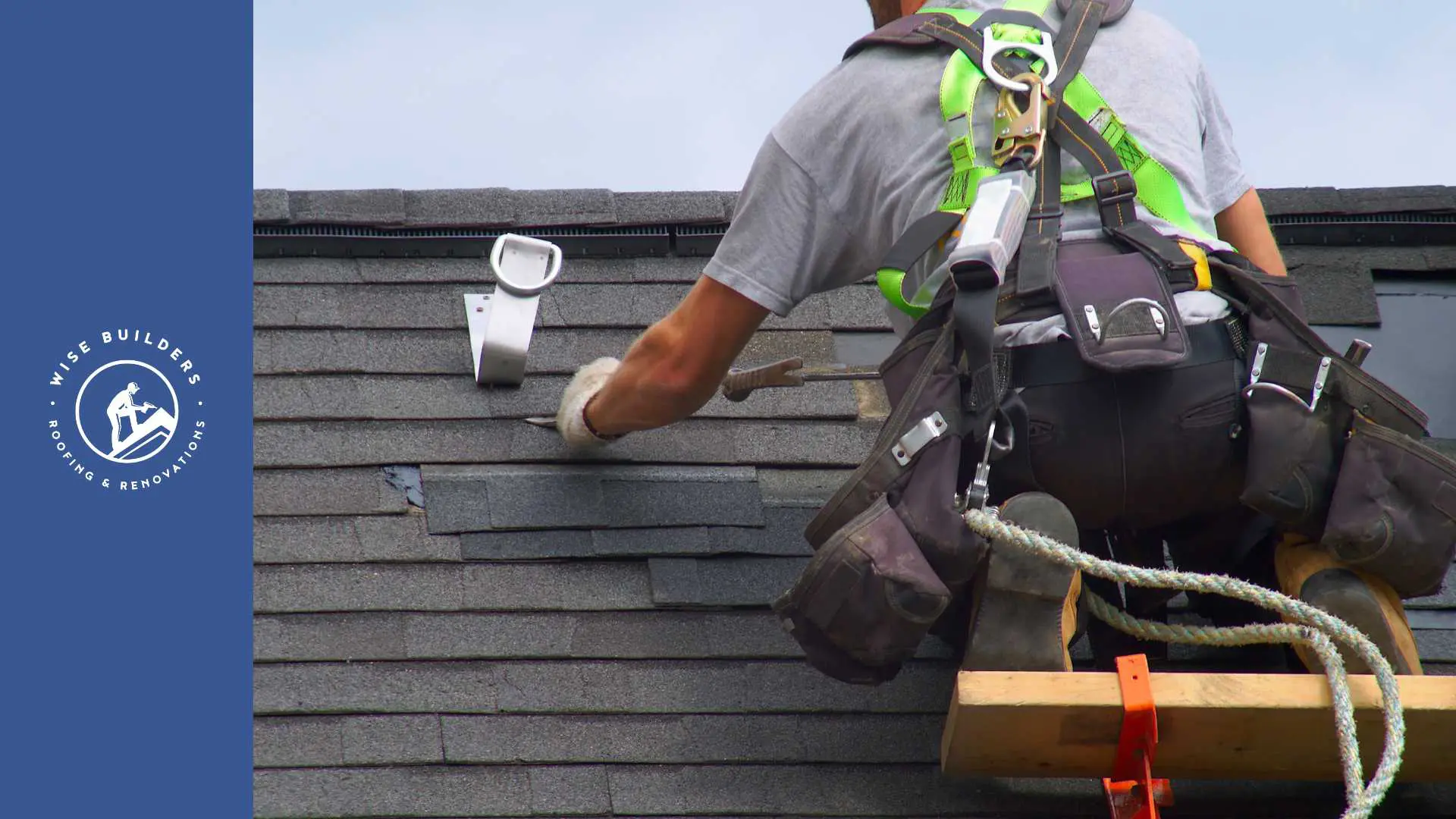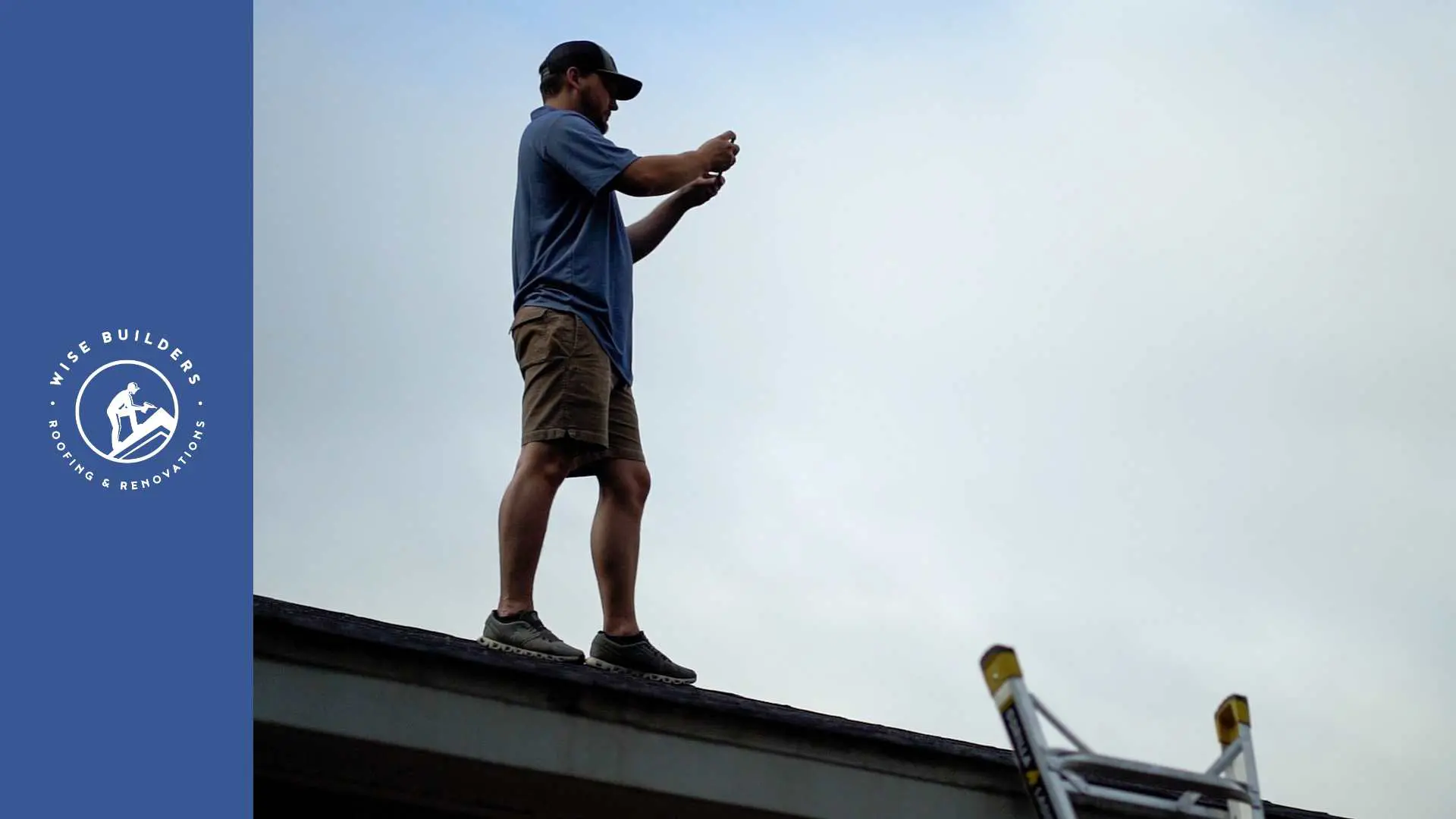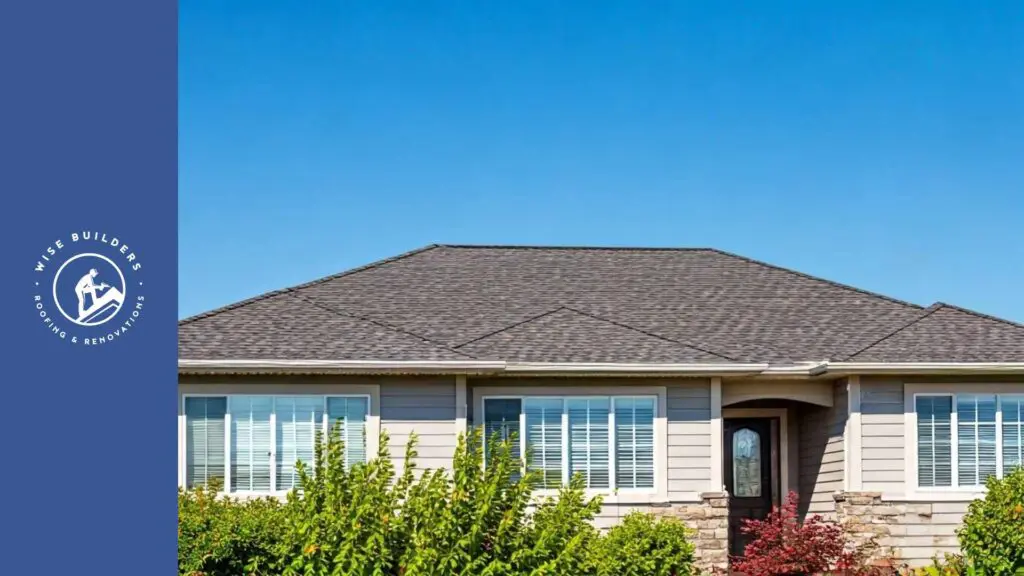
Key Highlights
- Roof leaks can occur due to improper installation or poor workmanship.
- Identifying the signs early, such as attic moisture or uneven shingles, prevents further damage.
- Roofers bear responsibility based on their workmanship warranty and contractual obligations.
- Poor installation affects roof integrity, leading to issues like sagging rooflines and compromised decking.
- Homeowners have legal recourse if roofing contractors deny accountability.
- Choosing a reputable roofing company ensures quality service and provides peace of mind.
Introduction
Experiencing leaks after hiring a roofing contractor for your new roof can be distressing, especially after investing in a significant home improvement. A reliable roofing company should ensure your roof system is in great shape, but poor workmanship sometimes leads to unexpected issues. Understanding the scope of work promised and the responsibilities of your contractor is crucial for navigating problems like leaks. This blog explores the potential causes, accountability, and your options to deal with leaks after roof replacement.
Identifying Potential Causes of Roof Leaks
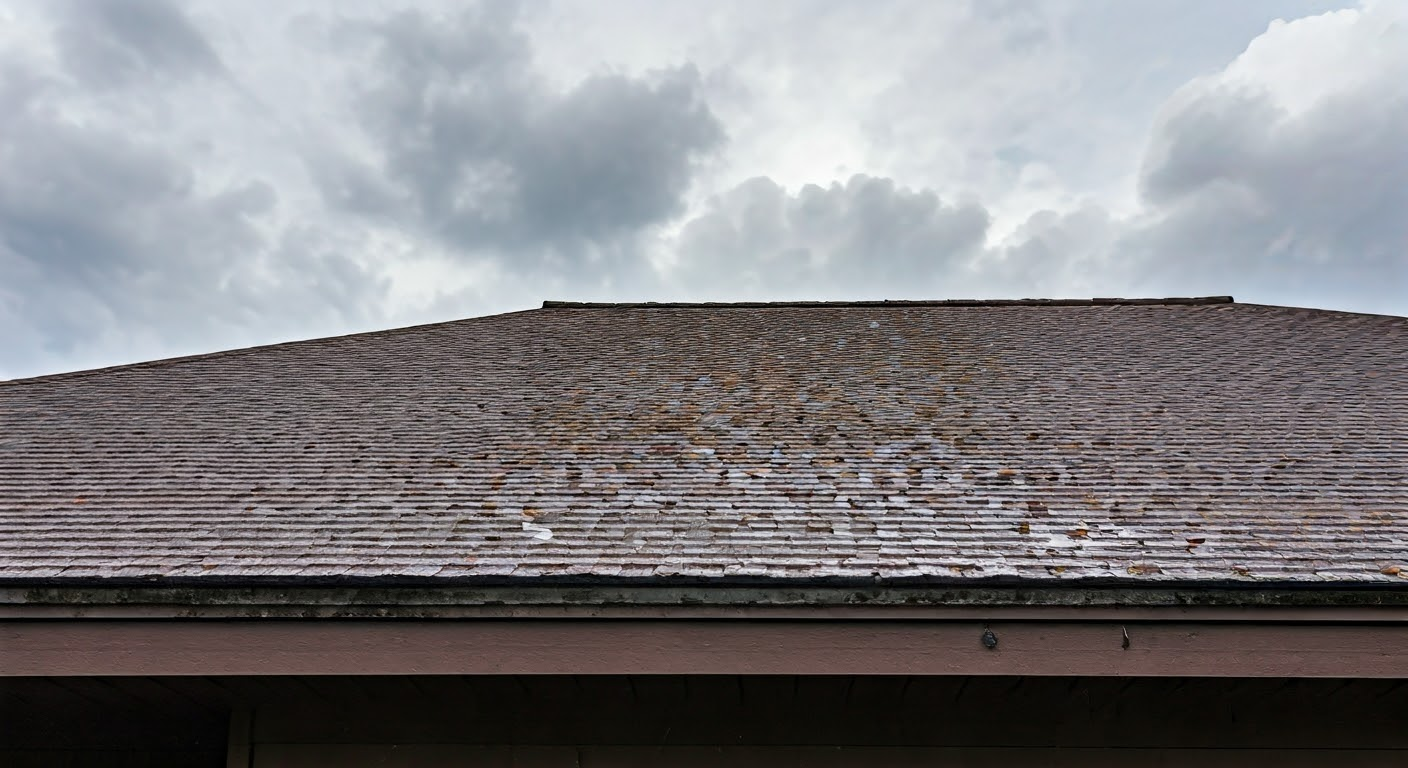
Roof leaks can arise from several causes, with improper installation being one of the most common culprits. When shortcuts are taken during the roofing process—whether to save time, reduce costs, or compensate for lack of expertise—the integrity of your roof system suffers. Poorly driven nails, misaligned shingles, and skipped waterproofing measures are prime examples of lazy workmanship that lead to leaks.
However, leaks may also stem from unexpected issues like material failure or overlooked deficiencies in roof decking. Compromised or rotten decking jeopardizes the structural foundation of your roof and fails to support new materials adequately. A roof replacement should merge various elements flawlessly, including attic ventilation, flashing, and shingles. Missing components or shortcuts in installation often result in water intrusion, underscoring the importance of hiring an experienced and reputable roofing contractor.
Common Signs That Your Roof Might Be Leaking
One of the first indicators of a roof leak is moisture or water pooling in your attic. Homeowners often notice visible signs such as damp insulation, musty odors, or mold growth, caused by condensation or water seeping in through compromised areas of the roof system. The attic acts as the first barrier, so any leak typically manifests there before affecting other parts of your home.
Damaged or missing shingles are another warning sign. Strong winds, improper installation, or substandard materials can dislodge shingles, exposing underlying layers. Lifted shingles or uneven patches on your roof are clear signals to take immediate action.
Failing flashing can also allow water to penetrate. Flashing installed around chimneys, vents, and skylights is designed to safeguard against leaks. If it’s improperly installed or aging, gaps form, letting water seep into the roof decking and home interior. Regular inspection of these critical areas is a good idea.
Impact of Poor Installation on Roof Integrity
Improper installation drastically affects the structural integrity of your roof. Poor workmanship, such as failing to replace compromised roof decking during the roofing process, sets up homeowners for major issues down the line. Rotten decking can lead to sagging, uneven rooflines, and eventual leaks—issues that could have been avoided during installation.
Even seemingly minor errors like uneven nailing or lazy alignment can cause the roof to develop a wavy look. This uniform appearance not only affects aesthetics but signals deeper problems that accelerate material deterioration. Ignored decking or flashing flaws during roof replacement often generate leaks during storms or heavy rainfall.
Attic ventilation is another critical factor. Without proper airflow, trapped cold air and warm interior air create condensation, weakening decking adhesives and causing long-term damage. Inadequate ventilation from poor workmanship shortens your roof’s lifespan, jeopardizing your investment.
Roofers’ Responsibilities and Accountability
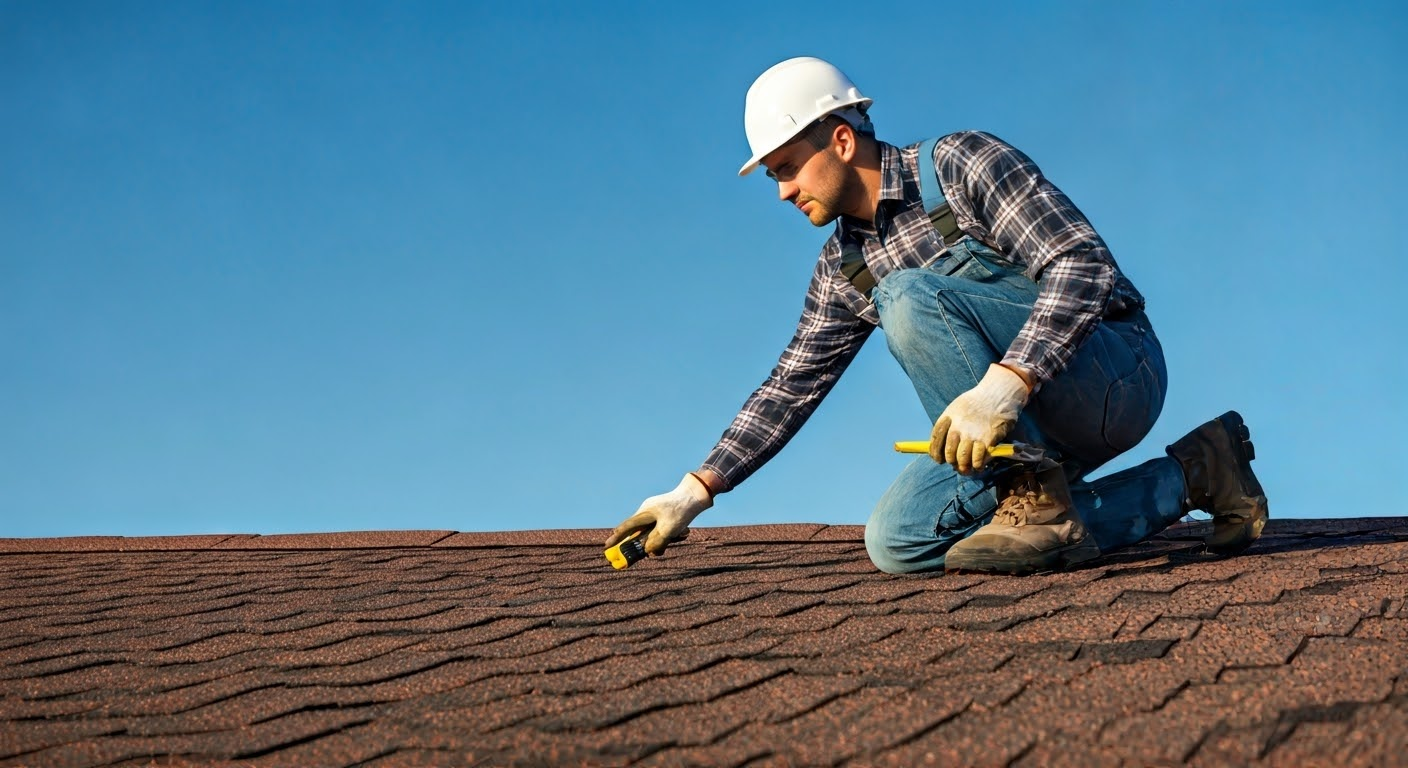
Roofing contractors are responsible for delivering quality workmanship that adheres to industry standards. If a leak occurs due to installation faults, their workmanship warranty should cover repair costs without burdening the homeowner. A reputable roofer will also address any collateral damage, such as ceiling stains due to leaks.
However, accountability depends on the signed contract and its provisions for damages. Contractors who fail to honor their commitments risk reputational fallout and potential legal action. Choosing an experienced roofing company fosters trust and ensures reasonable service.
Standards of Workmanship Expected from Professional Roofers
Professional roofers should maintain high standards of workmanship to ensure homeowners’ peace of mind. A reputable roofer takes proactive measures, adhering to industry best practices and providing a workmanship warranty to protect against installation errors. These warranties offer coverage for specified timelines, which may range from a few years to decades, depending on the roofing process.
Uniform appearance is one expectation for a roof replacement. Skilled roofers avoid lazy workmanship by ensuring shingles are properly installed without bumps or a wavy look. Similarly, roof decking must be inspected and replaced as needed to prevent sagging or structural problems.
Reputable roofing contractors prioritize thorough installation, ensuring every layer—flashing, underlayment, ridge capping—is accounted for. Such diligence guarantees long-term performance and minimizes the risk of leaks or other faults. Choosing a contractor with a proven track record is the first thing every homeowner should do.
Legal and Contractual Obligations of Roofing Contractors
Roofers have clear contractor responsibilities set forth through contracts that define the scope of work and include warranties. It’s essential to understand these agreements to know your options in case of negligence or material failure. For instance, a well-drafted contract should include protections against improper installation.
| Obligation | Details |
|---|---|
| Workmanship Warranty | Covers issues like leaks due to errors |
| Scope of Work | Lists all materials and components |
| Documentation | Provides proof of work quality |
Legal advice may be necessary if breaches occur. Homeowners can address disputes via third-party intervention or civil litigation. Proper documentation during every step of the roofing process simplifies legal recourse by proving negligence or ignored repairs.
Knowing these obligations upfront enables homeowners to hold roofing contractors accountable while maintaining peace of mind.
Conclusion
In conclusion, understanding the responsibilities of roofers regarding leaks is essential for homeowners. While roofers are accountable for ensuring that their work meets industry standards and contractual obligations, it is equally important for you to recognize the potential causes of leaks and the signs that your roof may be compromised. By being informed about what to expect from professional roofing services and knowing your rights as a homeowner, you can better navigate any issues that may arise post-installation. If you suspect a leak or have concerns about your roof’s integrity, don’t hesitate to reach out to a qualified professional for assistance. Addressing these issues promptly can save you time, money, and stress in the long run. For more insights and guidance, feel free to explore our FAQs or contact us directly with your questions. Your home’s safety and structure depend on it!
At Wise Builders, We ensure our clients receive the best possible outcomes. Our commitment to quality workmanship and customer satisfaction is unwavering, making us the top choice for residential Roofing services in our community.
Frequently Asked Questions
What should I do immediately if I suspect a leak?
As a homeowner, act promptly by identifying the leak and applying a temporary solution. Use tarps and adhesives to seal affected areas until professional help arrives. Address attic or ceiling damage to minimize further harm while notifying your roofing contractor immediately.
How long are roofers responsible for leaks after installation?
Roofers’ liability depends on the warranty process specified in your agreement, which might range from a two-year warranty to longer coverage. Negligence like improper installation is typically covered within the warranty’s timeline. Review your contract carefully for documentation on terms.
Can weather conditions affect the roofer’s liability?
External factors like mother nature can complicate liability. Bad roofing jobs that lead to leaks from condensation or storm damage should still fall under reasonable service terms, unless weather conditions exceed standard expectations—explicitly stated in your agreement.
What are my options if the roofer denies responsibility?
Seek legal advice and explore recourse options, including mediation or filing a formal complaint at a reputable roofing company’s licensing board. Thorough documentation of fallout strengthens your case. If disputes escalate, civil litigation can enforce contractor accountability for installation defects.

